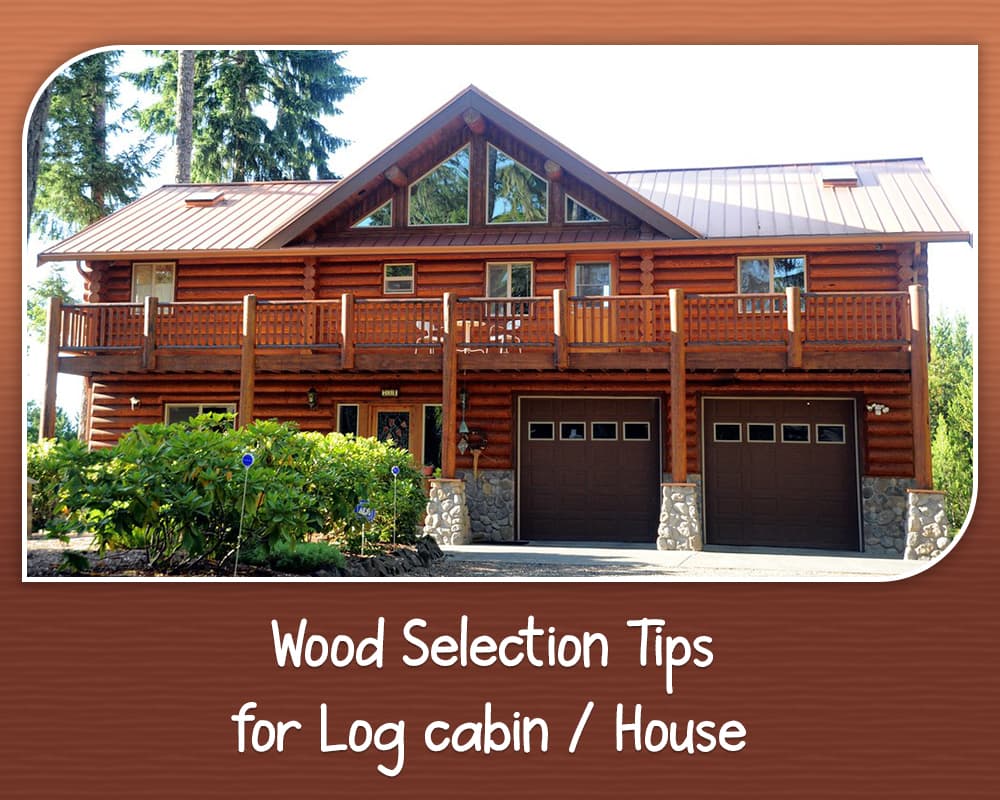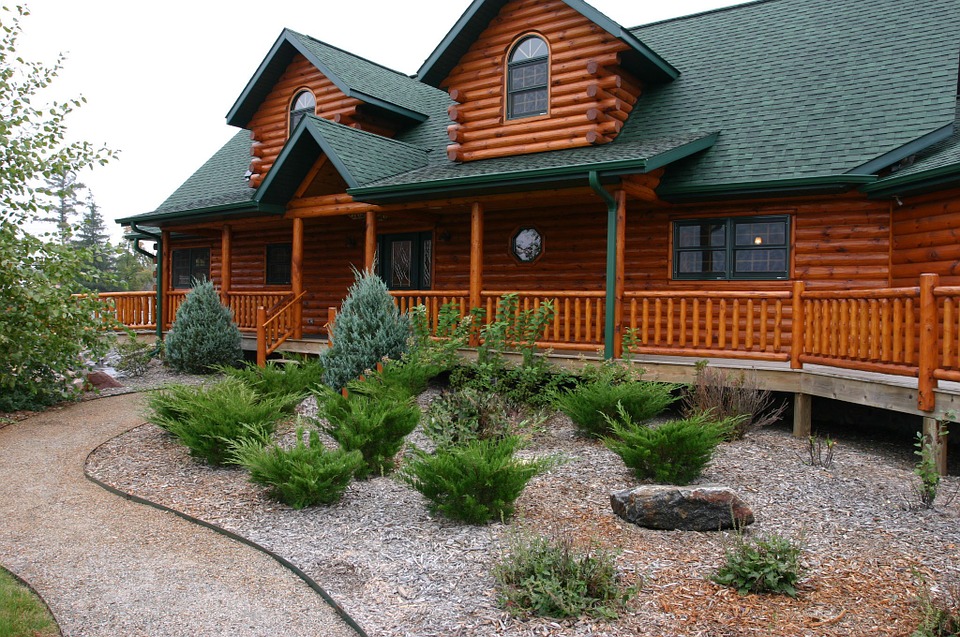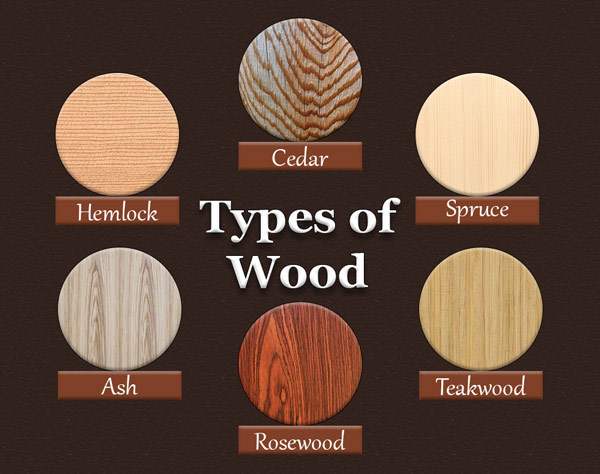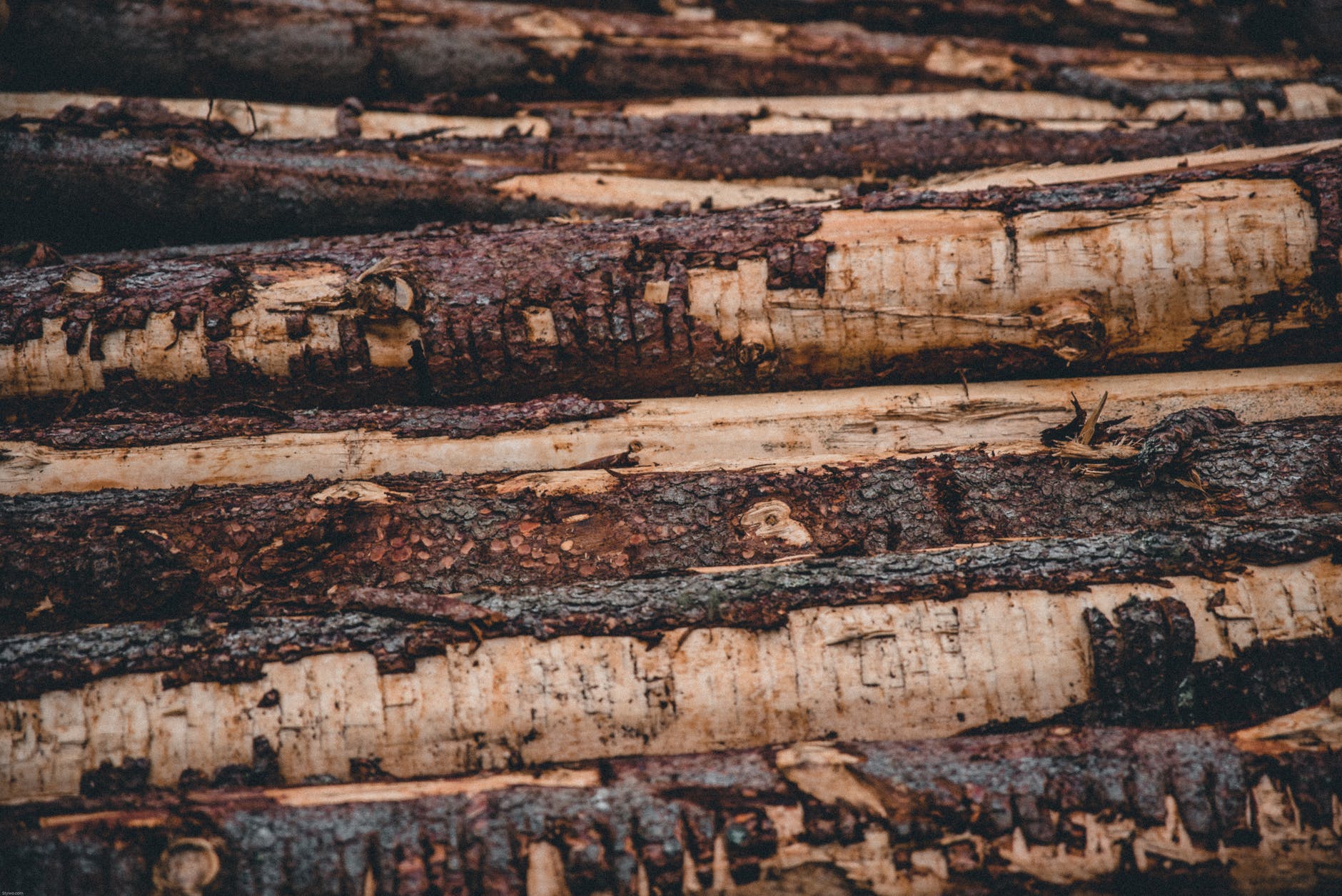
Log cabin is a house made from logs and mostly found in the area where the logs are readily available. The log cabin serves many purposes like gymnasiums, home offices, gazebos, garages or for storage solutions. But the most important thing is that they retain their attraction, classy and rustic feeling that distinguishes them from traditional houses.
Well-built log cabins are very good at capturing the attention of homeowners and are popular for their architecturally sophisticated structure. Log cabins, as of today, are known to be energy efficient, leaving a minimal carbon footprint. Well built log cabins can last up to sixty years after construction.
Log cabins and homes are different in their ways from modern buildings with their walls stronger than most traditionally constructed houses. They are also more likely to survive natural disasters owing to the way they are designed and built.
In constructing your log cabin, there are a lot of things to take into consideration, one of which is that you have a lot of options for wood to choose from. It is worthy of note that not all the available kinds of wood out there will serve as the best option for constructing your log cabin.

Modern log cabins and homes are constructed with attractive and inexpensive woods with the best density and great thermal qualities. In the process of trying to choose from the different options of wood available for your log cabin, you’d find that there is a wide variation in terms of the types of wood, colors, species, and physical and chemical properties. Knowing how to choose from the available types by its color and grain, stability, location’s weather condition, and how well it ages will help determine how well your log cabin can last in different weather conditions. Understanding these can also help create a cabin with beautiful aesthetics.
When deciding which species of tree you should use to build your cabin will depend on some important considerations. To ensure you select the right kind of wood for log cabin, here are some of the key factors you should put into consideration.
Factors to be Consider While Selecting the Wood for Log Cabin
01. Where The Tree was Grown
Many researchers have noted the decline in some tree growth at lower altitudes; this is explained further by ‘David A. Coomes & Robert B. Allen’[362] (Authors of Journal Article – Effects of size, competition and altitude on tree growth), And it is a known fact that trees that grow at higher altitudes tend to have more heartwood, which makes logs that can stand the test of time while also being stable. Nowadays, fertilizers and low altitudes affect the lifespan and quality of the logs available. It would help if you were on the lookout for organic trees (not to be confused for homegrown trees) grown at higher altitudes.
02. The Species of Wood

Considering the species of wood, you will be using is a key part of the process. There are a lot of species of trees to choose from during your wood search. It might be helpful to note that only just a fraction are used by log home manufacturers in constructing log cabins as not every one of them is suitable for building a log cabin.
Among the regularly used species are Pine, Cedar, Hardwood, Spruce (North Americans mostly use these), Redwood, Douglas Fir, and Pine (commonly used in Europe and Australia). Each species is defined by its different attributes and properties that make them suitable for other purposes.
Some species perform better than others in terms of their strength, thermal qualities, and the ability to take on nature’s harsh side.
If you want to know about the different types of wood used in the construction industry, refer here for detail
03. The Appearance of Wood for Log Cabin

In your log selection process, selecting healthy and straight logs is very important. As you will also be choosing based on how you want the result to look like, you must be on the lookout for not just attractive logs for log cabin facades but also for quality and durable ones.
04. The Wood Cost for Log Cabin

The cost of superior or quality wood may be expensive when compared to woods of less quality. Still, it will pay off in the long run as your cabin is bound to outlast terrible weather conditions and will last longer. It will also help cut the cost of maintenance.
You can also take a step further into cutting the cost by sourcing your building materials yourself and building the log cabin alone.
More often than not, the logs’ price will be determined by your present location, purchasing from a different area due to unavailability means you have to factor in transportation costs.
There is also a price difference across different species, with the slow-growing trees and slowly dried logs tending towards a higher price than the others.
05. The Age of The Wood

The age of the wood determines its formation and most of its basic characteristics. The overall content of wood increases with age. Older trees contain a lot more heartwood than sapwood, which protects against insects and other destructive organisms. This also means they can withstand time and harsh conditions. Meanwhile, younger wood is known to have poor dimensional stability and decreased strength, durability and stiffness. It would help if you considered older trees with a wide diameter.
Choosing quality wood and building the log house properly means you’re investing in a structure that will outlast you and a lot of your generations. This means well-built log cabins can still stand tall even after close to a hundred years.
06. Tree Height
Taller trees have a thicker and well-developed core than the short ones. Selecting tall trees with lesser branches reduces knottiness and provides a log with better decay resistance for your cabin. The drying process for tall trees also tends to take less time.
07. Thermal Qualities of Wood

Wood has a relatively low thermal conductivity, which means that they are better insulators than other materials, considering it has high moisture content softwoods are the best insulators. Owing to the better heat capacity they provide, heavy-duty log walls are a relatively good external wall structure. Wood’s thermal conductivity also depends on its humidity, meaning less moisture equals lower thermal conductivity.
Aside from some of the major properties and qualities of wood stated above, you might also want to consider other properties like wood resilience and the wood’s ability to withstand work without breaking. It is also important to carefully plan and design the log cabin and provide wood shrinkage allowance and adjustments based on the chosen wood’s characteristics.
For more information about the Characteristics of Wood, Refer here
Summing up, Note that there are different kinds of wood out there that you can use in building a log cabin. A lot of these are poor in terms of quality and can go bad in just a few years’ time. In contrast, the better ones can last for a longer time without major problems. In fact properly built log cabins and homes have been proven to be able to withstand earthquakes of higher magnitude also allowing for easy recovery after major floods, capable of surviving after roof loss and can stand up to fires way better than traditional homes due to the size and density of the logs used in a log home. To select the best type of wood for log cabin, it’s best to consider your environment, budget, and time.
Gharpedia has written other exciting articles on wood. Before you leave this page, If you would like to know more details, then kindly refer to the links below& also share it with your friends so if they are in need then can get the right information. –
Wood as a Home Building Material: Advantages & Disadvantages!
Different Types of Defect in Timber as a Building Material
What is the Preservation of Timber? – Know More About it!
Author Bio
Maja Ivkovic – I am Maja Ivkovic, a thirty-three-year-old DVM living and working in Serbia. I have a lot of experience working long shifts in a small practice with dogs and cats. I love writing for MGC Decks, researching and learning new skills. My main field of interest is internal medicine of pets. I am passionate about cardiology, endocrinology, ultrasound scanning, hematology, and cytology. I am, also a pet parent of three senior dog ladies, three cats, and 22 y old horse.































